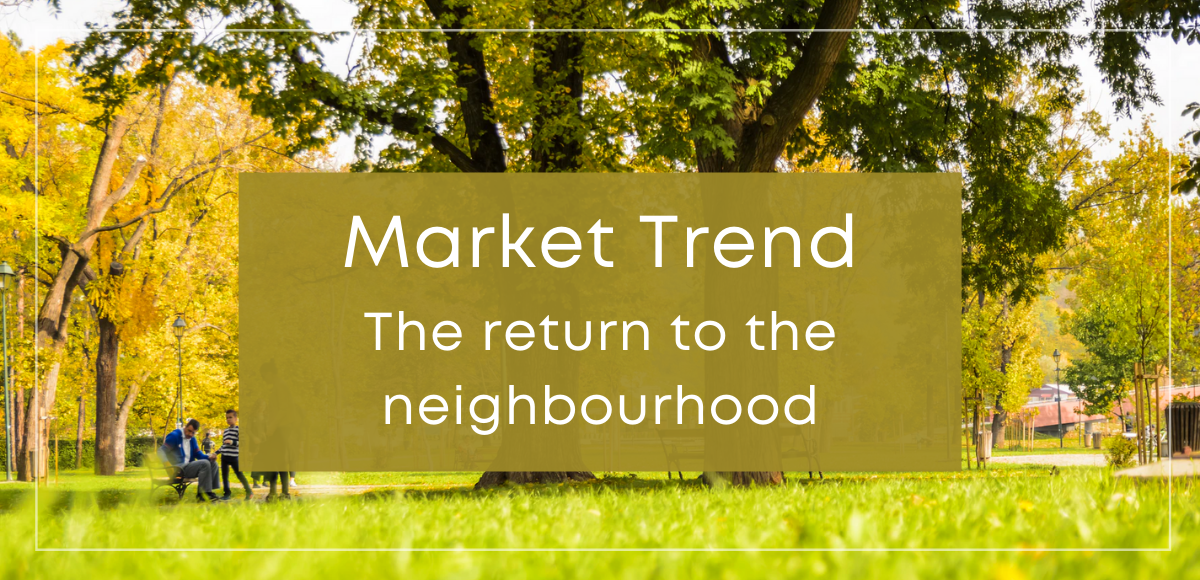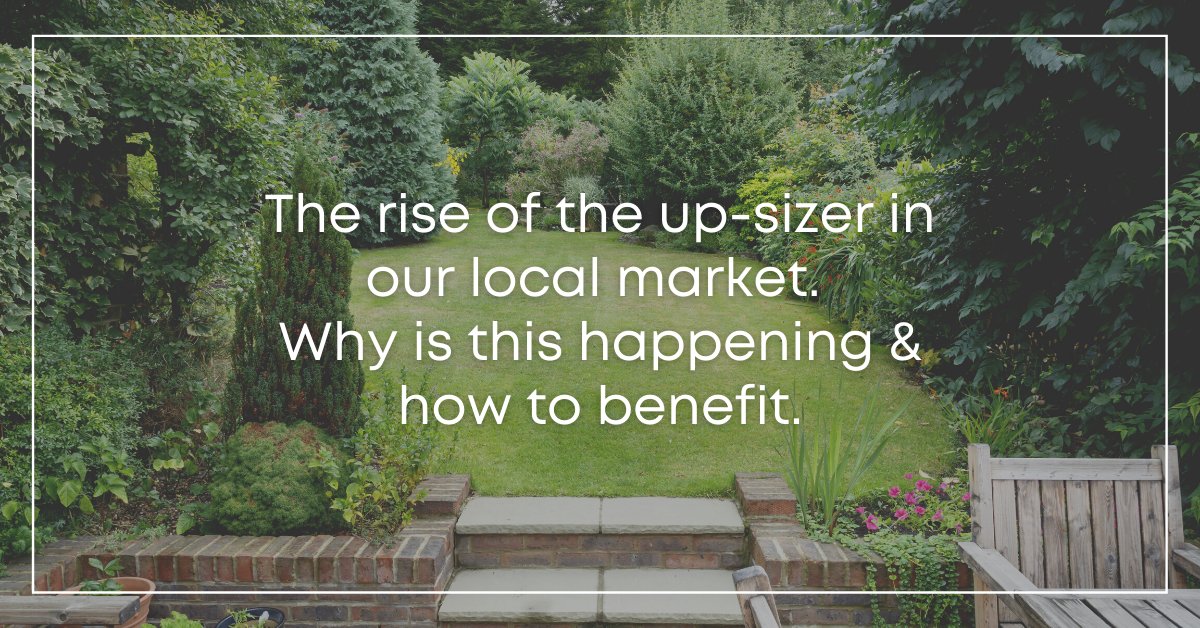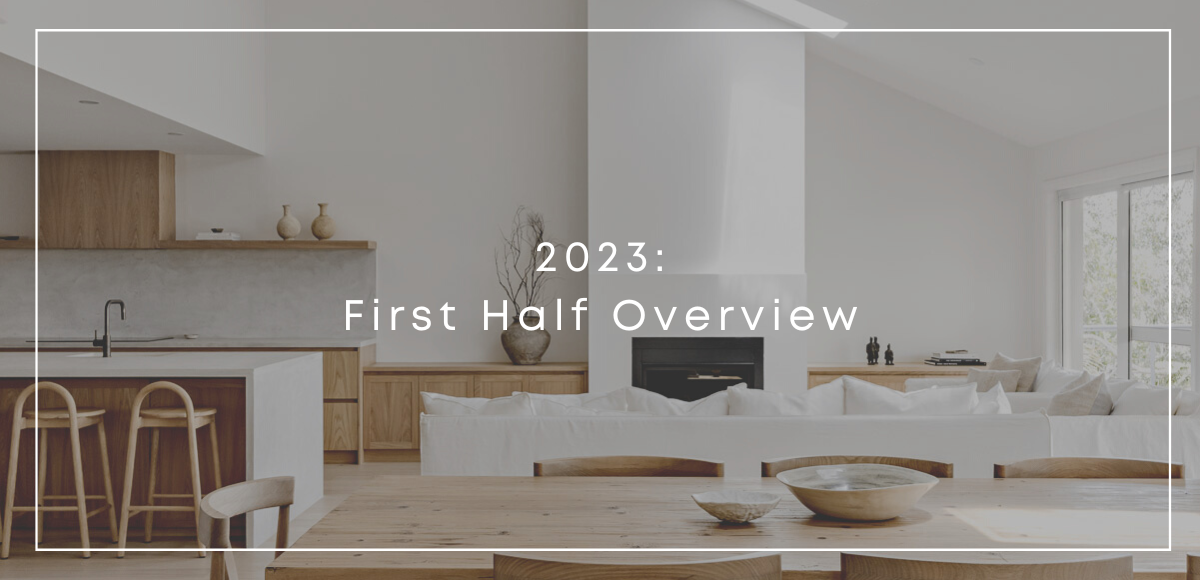The return of the neighbourhood and staying local
Introduction
The COVID-19 pandemic has dramatically changed the way Australian’s live, work and play.
Many of us have tirelessly lived through prolonged lockdowns, state border closures and strict mask and social-distancing rules over the past 18+ months. However, this global health crisis has now permanently altered many Australians’ views and priorities on family, work and lifestyle.
There has been an explosion in families embracing new sea-change and tree-change adventures, and many are now taking the opportunity to complete a “work-life” reset.
However, as we emerge from a once in a 100-year health crisis, it is our homes – specifically our neighbourhoods and communities – that are likely to see the most profound and positive change.
What trend is emerging?
These days, we are all spending more and more time in our homes. For many months, people have been – in a sense, ‘locked-up’ – working from home and unable to travel freely. However, as we emerge from prolonged lockdowns, many of us will likely choose to spend more time in and around our homes and suburbs.
It’s almost as though, we are slowly returning to a balanced way of life; enjoyed by previous generations. A life where we know our neighbours’ names, where our children play together in streets and local parks, where we embrace the outdoors, and where we gratefully support local stores and businesses. This is leading towards stronger connections being formed within local communities, providing a sense of belonging to many Australians.
Working from home has now become such an entrenched way of life, that many people are likely not to return to the office full-time. Remote working has become an attractive option for many who want to enjoy more genuine family time and less of a commute. This is leading to additional demand for larger family homes, and providing many people the opportunity to spend more quality time in communities, getting to know fellow locals better. In fact, this “community belonging” is likely to lead to an increase in personal wellbeing – a product of strengthened relationships due to community identification and the feeling of unity.
As such, this is translating to an increase in demand for middle and outer ring suburbs where homes, and backyards, tend to be larger. People are in search of greater open ‘space’. Additional space within their home, and access to premium lifestyle amenities, such as parks, walking trails and water – reflecting a lifestyle shift away from the urban hustle and bustle, to a more balanced local village atmosphere and a slower, more meaningful, pace of life.
What is likely to continue from these trends?
Suburbs that allow families to enjoy a larger home, and access to lifestyle amenities, while still being accessible to employment hubs, are very likely to perform well over the short and long-term. For many, working from home full-time may not be possible once strict lockdowns are lifted. However, a work life where 2-days are spent commuting into a central/shared office, and 3-days are spend working remotely, is very likely.
Furthermore, as people ditch their gym memberships, many are turning to parks, bike trails and walking paths to exercise their bodies and minds. In fact, residents of such neighbourhoods where this is possible, enjoy better health as they are walking more often and generally spending more quality time outdoors. In addition, more and more people are finding joy in green spaces these days.
CoreLogic research shows the top five Sydney areas with the highest percentage of public green space include Heathcote and Woronora Heights – which is fantastic news for our region. In addition, there is now a growing focus of staying and living local – specifically being able to access shops, services, schools, public transport and employment within a 20-minute walk – something residents of Engadine, Heathcote, and Woronora Heights are able to freely enjoy.
From vibrant village-style cafes including Smoke and Soda in Heathcote and Local Pantry in Engadine, to the incredible shopping at the White Sands Collections and Found the Store in Engadine, and the refreshed family-friendly Cooper Street Park with its family picnic spaces and play equipment for kids, there really is something for everyone to enjoy in the region.
And for those looking to exercise their mind and body, there really is no going past the Karloo Pools Bushwalking Trail, the family-friendly Wattamolla Beach, and the famous Esplanade Walk at Cronulla.
With the ongoing threat of snap lockdowns, prospective buyers will continue to search for homes that provide growing-family-space, and showcase ‘walking’ proximity to premium outdoor and lifestyle amenities.
As buyers who are looking to upgrade their home, continue to pursue their “work-life” reset, Woronora Heights, Heathcote and Engadine – with their large, well-presented and comfortable family homes – will continue to be in demand for prospective buyers who see value in the region.
This is likely to result in continued price growth, and strong prices being paid for good quality, well-located property, where buyers can immediately begin to enjoy an exciting new lifestyle.



